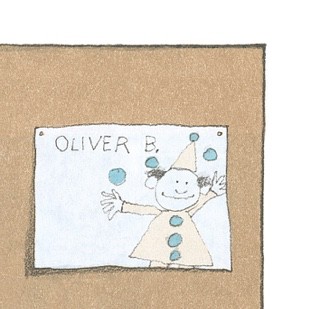The term “sissy” has a complex and often negative connotation, particularly when applied to boys and men. It’s crucial to understand the historical and social context of this word to fully grasp its impact. This article explores the meaning of “sissy,” its origins, and the harm it can inflict.
The term “sissy” is generally used to describe a boy or man who is perceived as not conforming to traditional masculine gender roles. This can include exhibiting behaviors, interests, or characteristics that are stereotypically associated with femininity.
Historically, the term has been used as a derogatory label, intended to shame and ridicule males who deviate from societal expectations of masculinity. The pressure to conform to these expectations can be immense, leading to anxiety, self-doubt, and even bullying for those who are perceived as “sissies.”
The use of “sissy” as an insult reinforces harmful stereotypes about gender and reinforces the idea that there is only one “correct” way to be a boy or a man. It discourages individuality and expression and can contribute to a culture of toxic masculinity.
The book “Oliver Button Is a Sissy” by Tomie dePaola addresses these issues. It’s the story about a young boy named Oliver who enjoys activities like reading, dancing, and drawing, things that make him a target of bullying and name-calling.
It’s a story about a boy who challenges the idea that boys should only do “boy things” and that being different is something to be celebrated, not shamed. The book can be considered as one of the original LGBTQIA+ books created for kids in America.
Oliver Button, the main character, standing proudly.
The term “sissy” is often associated with effeminacy, which is the manifestation of traits more often associated with women than men. Effeminate behaviors can include things like having a high-pitched voice, wearing feminine clothing, or expressing emotions openly. However, it’s important to remember that there is a wide range of acceptable behaviors for people of all genders, and that effeminacy is not inherently negative.
While the term “sissy” is most often applied to males, it can also be used to describe girls or women who are perceived as lacking traditionally feminine qualities. In these cases, the term is often used to suggest that the girl or woman is not “womanly” enough or that she is somehow failing to meet societal expectations for her gender.
One of the main problems with using the term “sissy” is that it reinforces the idea that there are only two genders and that each gender has a specific set of characteristics and behaviors that are considered “appropriate.” This binary view of gender can be harmful to people who don’t fit neatly into either category, such as transgender and gender non-conforming individuals.
Here is a second clown poster from the book.
Clown poster in the background adds to the theatrical feel.
The use of “sissy” as an insult can also have a chilling effect on boys and men, discouraging them from expressing their emotions or pursuing interests that are seen as “feminine.” This can lead to feelings of isolation and loneliness, as well as a sense of being disconnected from one’s true self.
The term “sissy” is harmful because it is rooted in sexism and homophobia. It perpetuates the idea that there is something wrong with being different and that boys and men should be ashamed of expressing traditionally feminine traits.
The father in the story, appears to have an arm garter on.
Oliver Button’s father.
It’s important to challenge the use of this term and to create a more inclusive and accepting environment for people of all genders. This can involve educating ourselves and others about gender stereotypes, speaking out against bullying and discrimination, and supporting organizations that work to promote gender equality.
In conclusion, the term “sissy” is a derogatory label that has historically been used to shame and ridicule males who do not conform to traditional masculine gender roles. It is important to understand the harmful effects of this term and to work towards creating a more inclusive and accepting society for people of all genders.


